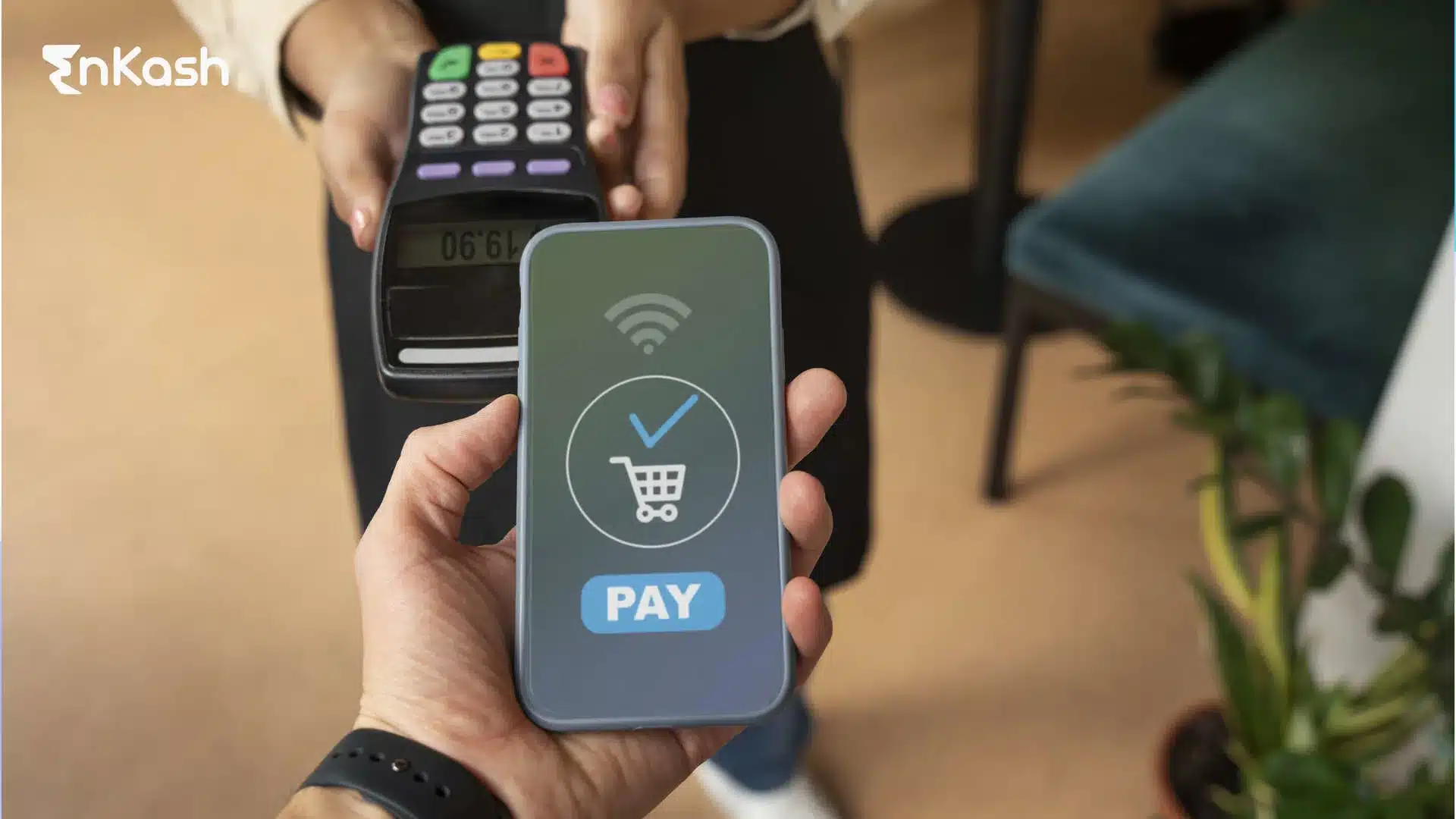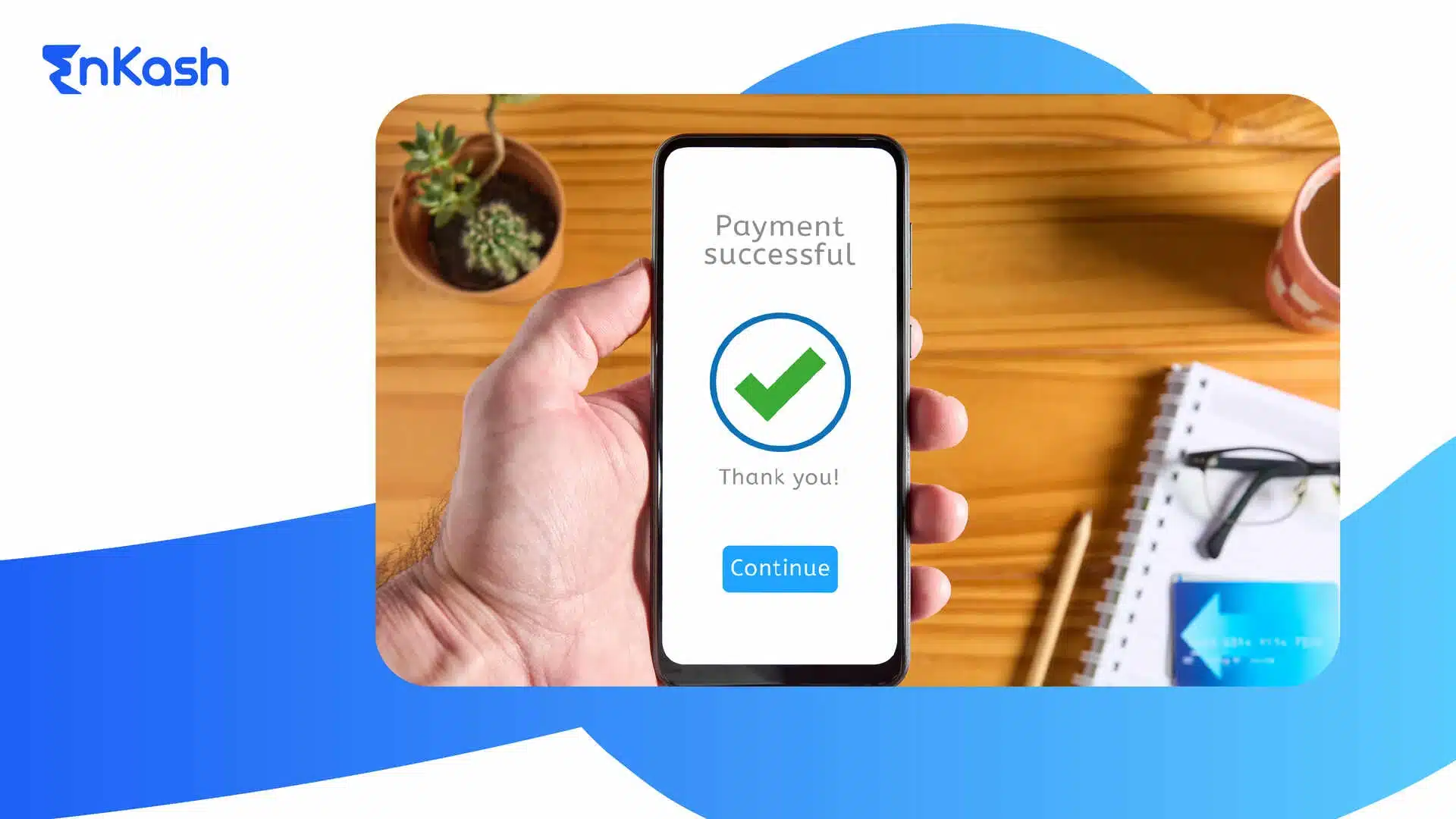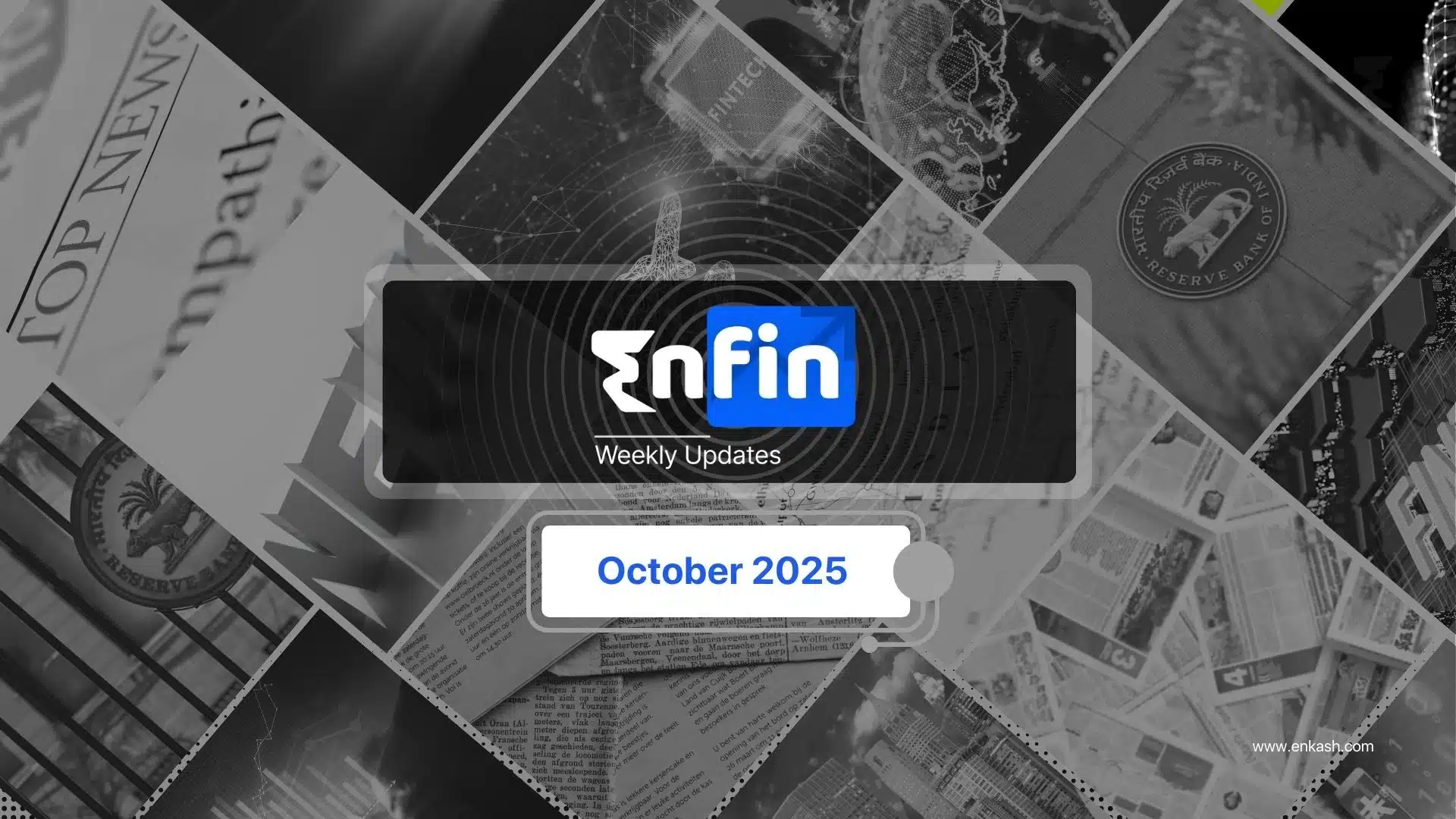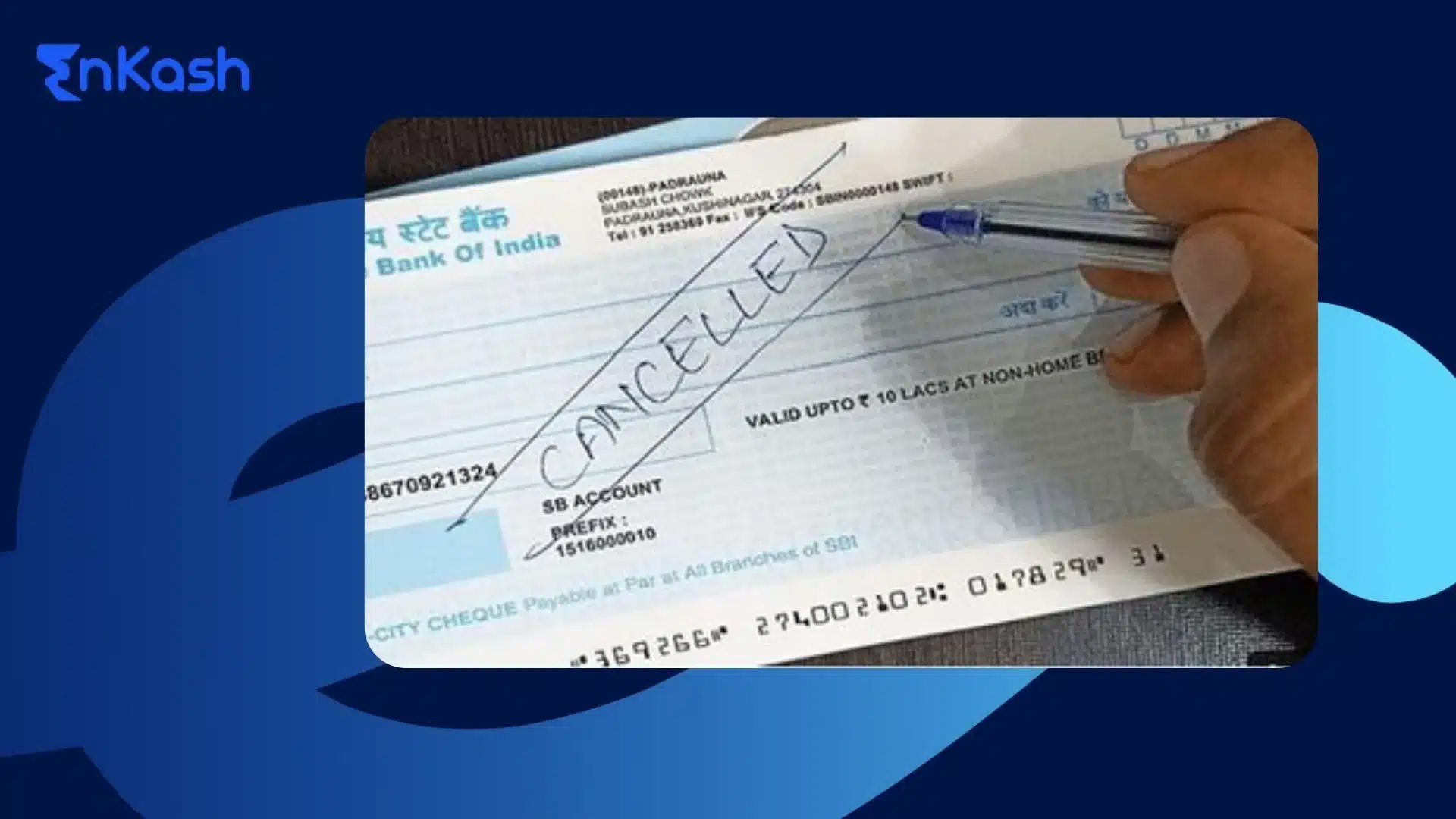What is an Electronic Payment System?
An electronic payment system is a digital method that allows money to move from one account to another without using cash or paper instruments. It acts as a bridge between a buyer and a seller, ensuring that the payment is processed safely, instantly, and with proper authentication. This system makes financial transactions faster, easier, and traceable across different platforms.
An electronic payment is any transfer of value carried out using electronic means. It could be through a mobile wallet, a card transaction, a banking app, or an internet-based payment gateway. Each of these channels uses secure technology to send payment details from the customer to the service provider or merchant, who then receives confirmation once the payment is approved.
The term e-payment system covers a wide network of technologies, participants, and processes. At its core, it involves three major parties: the payer, the payee, and the financial institution that facilitates the movement of funds. A customer initiates a transaction, the bank or payment processor verifies it, and the merchant receives the amount after successful authorization. Every step is supported by encryption and verification tools that protect sensitive data and prevent fraud.
An online payment system can operate through mobile devices, computers, or even point-of-sale terminals. It supports multiple methods of payment such as credit cards, debit cards, instant bank transfers, or QR-based digital payments. What makes it efficient is its ability to handle thousands of transactions at once while maintaining speed and accuracy.
In simple terms, an e-payment system replaces the need for physical cash with digital channels that work through secure networks. It ensures that users can send, receive, or manage money anytime and from anywhere, creating a more connected and accessible financial ecosystem.
How Does an Electronic Payment System Work?
An electronic payment system follows a structured process that allows money to move safely and quickly between a buyer and a seller. Behind every digital transaction, a series of steps ensures accuracy, security, and smooth settlement.
In India, most electronic payment systems operate under the regulatory oversight of the Reserve Bank of India (RBI) and are supported by NPCI infrastructure, such as UPI and IMPS
Here’s how it works in a simple, step-by-step manner.
Step 1: Payment Initiation
The process begins when a user decides to make an electronic payment. This could be through an app, a website, or a point-of-sale terminal. The customer selects a preferred e-payment method such as a card, wallet, or online bank transfer. Once the amount is entered and confirmed, the transaction request is sent to the payment system.
Step 2: Data Encryption and Transmission
The entered payment details are encrypted before leaving the customer’s device. This encryption protects sensitive information like card numbers and passwords from being intercepted. The encrypted data travels through a payment gateway, which acts as a secure bridge between the customer, the merchant, and the bank.
Step 3: Authorization and Authentication
At this stage, the online payment system communicates with the issuing bank to verify the customer’s credentials. The bank checks the available balance and validates the transaction through authentication methods such as a one-time password, biometric verification, or secure PIN. This step ensures that the request is genuine and that the customer has authorized it.
Step 4: Transaction Approval
Once the details are confirmed, the bank or payment service provider sends an approval message to the gateway. The merchant receives a real-time update that the payment has been accepted. If there is an issue, such as insufficient balance or incorrect details, the system immediately declines the transaction.
Step 5: Clearing and Settlement
After approval, the actual transfer of money begins. The e-payment system routes the funds through banking networks, ensuring that the payer’s account is debited and the receiver’s account is credited. This step is called settlement. Modern digital frameworks complete this process within seconds, creating a near-instant experience for both sides.
Step 6: Confirmation and Notification
Once the funds are transferred, both parties receive confirmation: the buyer gets a digital receipt, and the merchant sees the amount credited to their account. This confirmation marks the end of the e payment process.
Step 7: Reconciliation and Record Keeping
The final step involves recording and matching all transaction details. The merchant’s system updates the sale record, and the payment provider logs the transaction in its ledger. This step ensures transparency and helps track payments for audits or customer support.
Types of Electronic Payment Systems
An electronic payment system can be categorized in several ways based on the method, technology, or type of transaction. Each system serves a specific purpose and caters to different user preferences. Below are the major types that define how electronic payment works across platforms.
1. Card-Based Payment Systems
Card payments are the most widely used form of e-payment system worldwide. They include debit cards, credit cards, and prepaid cards. When a user swipes, taps, or enters card details online, the transaction is routed through a secure network. These cards are linked directly to the user’s bank account or a credit line. With chip technology and secure PIN verification, they make transactions reliable and traceable.
2. Online Banking or Net Banking
Online banking allows customers to make direct transfers from their bank accounts using digital channels. Through an online payment system, users can pay bills, shop online, or send money to others using net banking credentials. Transactions occur in real time, and the bank provides instant confirmation. It is convenient for those who prefer to avoid using third-party wallets or cards.
3. Mobile Wallets and Digital Wallets
A mobile or digital wallet stores payment information securely on a smartphone. Users can load funds or link their cards and bank accounts for quick transactions. Payments are made by scanning QR codes or entering the receiver’s details. This type of e-payment system is popular because it simplifies daily spending and helps users track their expenses digitally.
4. Instant Payment Systems
Instant payment systems are designed to process transactions within seconds. These platforms use unique identifiers like phone numbers or virtual addresses instead of account numbers. The e-payment process happens in real time, and funds are transferred immediately, 24×7. They are widely used for both person-to-person and business payments, offering unmatched convenience.
5. QR Code-Based Payments
In this method, users scan a Quick Response (QR) code displayed by the merchant. The code carries payment details, making transactions simple and contact-free. This system requires minimal setup and benefits small businesses that want to accept digital payments without expensive machines.
6. Contactless and NFC Payments
Near Field Communication (NFC) allows devices to communicate when they are close to each other. Contactless cards and smart devices use this technology for fast and secure payments. Users tap their card or phone near a payment terminal, and the electronic payment is processed instantly. It reduces waiting time and minimizes physical touch, making it ideal for high-traffic locations.
7. Prepaid and Gift Card Systems
Prepaid cards are loaded with a fixed amount and can be used until the balance runs out. They are suitable for controlled spending, online subscriptions, or gifting. This category of e-payment methods helps people who do not have access to traditional banking services but still want to make digital payments.
8. Buy Now Pay Later (BNPL) Platforms
BNPL services let consumers purchase items immediately and pay the amount later in installments. Payments are processed through the electronic payment system, but the amount is billed over time. These platforms use real-time credit assessments to approve users instantly.
9. Cross-Border and Cryptocurrency Payments
Some types of e-payment systems also include emerging models like blockchain-based and cryptocurrency transactions. These enable global transfers without traditional banking intermediaries. Although adoption remains limited in India due to regulatory restrictions, cryptocurrency and blockchain-based payments are being explored globally.
Features of Electronic Payment Systems (EPS)
Every electronic payment system has certain features that make it efficient, reliable, and secure. These features ensure that users and businesses can carry out transactions with confidence and accuracy. Below are the major characteristics that define how an e-payment system functions effectively.
1. Security and Data Protection
Security is the foundation of every electronic payment. Transactions are protected through encryption, authentication codes, and tokenization. These layers of security ensure that sensitive information like card details or passwords cannot be accessed by unauthorized parties. Payment gateways also follow strict standards to prevent misuse or fraud.
2. Instant and Real-Time Processing
A strong e-payment system allows payments to happen instantly. Real-time processing ensures that both parties receive confirmation immediately after the transaction is completed. It reduces waiting time and improves user satisfaction. For businesses, this speed helps manage cash flow more efficiently.
3. Multi-Channel Support
Modern online payment systems work across multiple channels: websites, mobile apps, and physical stores. This flexibility allows users to pay in any setting, using the method they find most convenient. It also helps businesses provide a unified experience to their customers.
4. Interoperability
Interoperability means that different platforms and banks can communicate with one another. This feature ensures that a user can transfer money between accounts or across networks without barriers. It builds a connected ecosystem where every electronic payment system works smoothly with others.
5. Scalability and High Performance
A robust e-payment system can handle millions of transactions at once without slowing down. Scalability is important for banks, e-commerce sites, and digital platforms that experience high transaction volumes. Stable systems prevent errors and maintain efficiency even during peak hours.
6. Transparency and Record Keeping
Each e-payment process generates a digital trail. Users and merchants can easily track payments, view statements, and resolve disputes with accurate records. This transparency helps build trust and accountability in digital transactions.
7. User-Friendly Interface
Ease of use is a vital feature of an electronic payment system. Simple navigation, quick options, and clear messages reduce confusion for users. A well-designed interface helps even first-time digital users complete payments without difficulty.
8. Compliance and Standards
Every secure e-payment system complies with financial regulations and industry standards such as PCI DSS and ISO protocols. This ensures the protection of user data and maintains legal accountability for service providers.
Advantages of Electronic Payment Systems
The growing use of electronic payment systems has changed how people and businesses handle money. These systems offer a range of benefits that make financial transactions faster, safer, and more reliable. Below are the major advantages that define their importance in everyday life and commerce.
1. Convenience and Accessibility
The biggest benefit of an electronic payment system is convenience. Users can send or receive money at any time without visiting a bank or handling cash. Payments can be made through phones, laptops, or contactless devices. This ease of access helps both urban and rural users manage finances without restrictions of place or time.
2. Speed and Efficiency
Digital payments save time. The e payment process happens within seconds, whether it is a bill payment, a purchase, or a money transfer. Instant confirmation also gives users confidence that their payment has been received. For businesses, faster settlements improve cash flow and reduce operational delays.
3. Transparency and Tracking
Every electronic payment creates a digital record. Users can track where, when, and how much money was spent. This transparency helps reduce errors, fraud, and disputes. For companies, it provides clear audit trails that simplify accounting and compliance reporting.
4. Cost Reduction
Handling cash involves hidden expenses like printing, transportation, and storage. By using an e-payment system, both individuals and organizations save these costs. Digital platforms also reduce paperwork and administrative overheads. Over time, electronic payments prove to be more economical and sustainable.
5. Enhanced Security
Security measures such as encryption, two-step verification, and tokenization make electronic payment systems safer than carrying cash. Even if a device is lost, access controls and verification methods prevent misuse. This safety builds confidence in digital transactions among all types of users.
6. Support for Business Growth
For businesses, adopting an online payment system widens the customer base. Merchants can accept payments from anywhere and offer multiple options like cards, wallets, or QR payments. It also helps small and medium enterprises reach more customers and compete effectively in the market.
7. Contribution to a Cash-Lite Economy
The rise of e-payment methods has reduced dependence on physical cash. It encourages digital behavior, improves transparency, and helps bring more people into the formal financial system. This gradual move supports a cleaner and more efficient economy.
Challenges and Risks of Electronic Payment Systems
Despite their many advantages, electronic payment systems also face several challenges. These issues arise from technical, operational, and security factors that affect both users and service providers. Understanding these challenges is important to build trust and improve the efficiency of digital payments.
1. Technical and Infrastructure Challenges
Digital transactions depend on stable internet connectivity and reliable servers. Any network disruption can delay or fail a payment. Smaller merchants and rural users sometimes struggle with weak connections or outdated devices. These issues limit the smooth functioning of an electronic payment system and affect user confidence.
2. Security Threats and Cyber Risks
Security remains a major concern in every e payment system. Hackers target weak points in networks or user devices to steal data. Common risks include phishing, malware, and fake payment links. Fraudsters may also use cloned apps or forged receipts to trick merchants. Such incidents damage trust and highlight the need for stronger authentication and encryption.
3. Fraud and Data Misuse
The digital space attracts fraud attempts such as identity theft, account takeovers, or fake refund requests. Even with safeguards, unauthorized access can occur if users share personal details or fall for scams. Every online payment system must maintain strict security policies to prevent data leaks and financial losses.
4. Regulatory and Compliance Issues
Digital payments are governed by strict laws and financial guidelines. Payment providers must follow Know Your Customer (KYC), anti-money laundering (AML), and data protection norms. Meeting these requirements can be complex and costly, especially for small platforms or fintech start-ups. A single breach can lead to heavy penalties or suspension of operations.
5. User Awareness and Trust Gap
Many users still hesitate to adopt electronic payment systems due to fear of fraud or technical errors. A lack of digital literacy makes them more vulnerable to scams. Education and awareness programs are essential to help users identify genuine apps, protect passwords, and use secure payment channels.
6. System Downtime and Operational Errors
Even the most advanced e-payment system can experience downtime or transaction delays. High traffic, software glitches, or maintenance can temporarily affect operations. While these issues are usually resolved quickly, they can create inconvenience and lead to customer frustration.
7. Privacy Concerns
Every electronic payment leaves behind data trails such as location, amount, and spending habits. If this information is not protected, it can be misused for profiling or unauthorized marketing. Transparent data policies and user consent frameworks are essential to maintain privacy in digital transactions.
In Conclusion
The rise of electronic payment systems has reshaped how people handle money and how businesses operate. By replacing cash with digital alternatives, it has made payments faster, safer, and more transparent. From card-based solutions to instant transfers, every e payment system supports convenience and inclusion. Yet, its growth also depends on strong security, awareness, and constant innovation. As more people adopt online payment systems, the focus must remain on building trust and reliability. Digital transactions are no longer a luxury, they are an essential part of a modern, connected economy.
FAQs
1. What is the difference between electronic payment and digital payment?
An electronic payment refers to any money transfer that happens through an electronic network, while a digital payment is a broader term that includes mobile wallets, apps, and online gateways. All electronic payments are digital, but not all digital methods are electronic in nature, such as loyalty points or stored-value systems.
2. How secure are electronic payment systems?
An electronic payment system uses several layers of protection, including encryption, authentication codes, and real-time fraud monitoring. Banks and gateways follow global standards like PCI DSS to secure sensitive data. However, user behavior also matters, avoiding public Wi-Fi and using verified platforms further improves transaction safety.
3. What role does a payment gateway play in electronic payments?
A payment gateway acts as a secure link between a customer, a merchant, and their banks. It encrypts payment details, checks authorization from the issuing bank, and confirms the result to the merchant. Without gateways, online payment systems cannot process or validate digital transactions effectively.
4. Can electronic payment systems work without the internet?
Most e-payment systems require internet connectivity, but some methods can function offline. For example, contactless cards and near-field communication (NFC) can complete small transactions through radio frequency technology. However, settlement and confirmation still depend on online synchronization with the payment network.
5. What are settlement and clearing in an electronic payment system?
Clearing refers to the process where banks exchange transaction details after an electronic payment is made. Settlement happens when the actual transfer of funds takes place between accounts. These two steps ensure the payer’s account is debited and the merchant’s account receives the payment correctly.
6. How do instant payment systems differ from card payments?
Instant payment systems transfer funds directly between bank accounts in real time, without intermediaries. Card payments route through card networks and may take longer to settle. Instant systems in an e-payment process offer faster speed and lower cost compared to traditional card-based transactions.
7. What are the main risks involved in using electronic payment systems?
Common risks include phishing, fake apps, identity theft, and malware attacks. If users share personal details or click on suspicious links, they may expose their data. Reliable electronic payment systems minimize these risks with two-factor authentication, transaction alerts, and continuous monitoring of unusual activity.
8. How are electronic payment systems regulated?
Regulations for electronic payment systems are managed by financial authorities that set security, data protection, and operational rules. Service providers must follow KYC, AML, and privacy laws. They also undergo audits to ensure compliance, protecting consumers from fraud and maintaining stability in the digital payment ecosystem.
9. Can businesses integrate multiple electronic payment systems?
Yes. Businesses can integrate various e payment methods such as cards, wallets, and instant transfers through a unified interface. This flexibility helps them cater to customer preferences and improve conversions. Payment aggregators and gateways make it easy to manage multiple systems under one platform.
10. What innovations are shaping the future of electronic payment systems?
Emerging technologies like biometric authentication, artificial intelligence, and blockchain are transforming electronic payment systems. AI helps detect fraud faster, biometrics enhance user security, and blockchain supports transparent settlements. These innovations are creating faster, smarter, and more inclusive payment experiences across industries.








